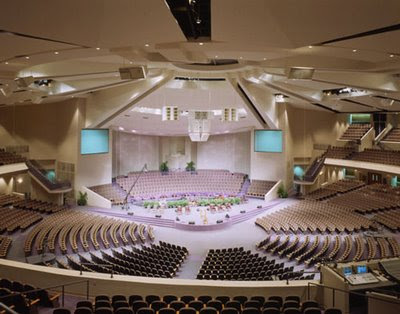 Click on the image to make it larger.
Click on the image to make it larger.I have been doing some research on the family the last few years and have come to the conclusion, as others have before me, that if you are a descendent of one of the Hispano families that was here when the Army of The West annexed New Mexico to the United States, we are cousins. Somos primos o primas.
Maybe not real close and in many cases separated by many generations, but primos none the less. All these heroic Hispanos we read about in the daily newspapers..... they are primos o primas. All of those idiots we see being lined up on the evening news, a good portion are primos or primas. The reason I say all of the heroic and a good portion of the idiots is that not many of the Hispanic immigrants that have migrated into New Mexico in the last 60 or so years have not yet risen to the position where they can be identified as heros. Well, maybe Bill Richardson, we will see. But the idiots need no such time to rise, they seem to come that way. But I am not here to discuss imigrants, but to discuss primos y primas.
Sometimes when you are researching a certain part of the family you bump into one of these heros and sometimes you bump into the idiots. But, as the all knowing "they" say, you can choose your friends but you cannot choose your family. Even that saying is different in New Mexico. Now we can choose our friends that are not family, but our ancestors before 1846 could not. All were related to some degree or another.
I do not think that we understand what this does to the phyche of Hispano New Mexicans much less to the non Hispanic New Mexicans. I know what it does to me! It makes me very protective of Hispano New Mexicans, and this includes a lot of folks in Colorado too, because I know they are family. Maybe distant family, but family.
And like Danny DeVito as the character Vicent Benidict said in the December 1988 movie, Twins, "you mess with one in my family you mess with all of the family."
Nuevo Mejacanos son raza, son familia, son buena jente. Son mi jente.










